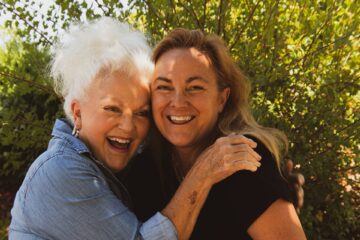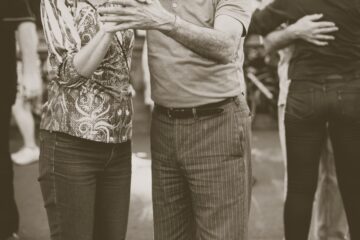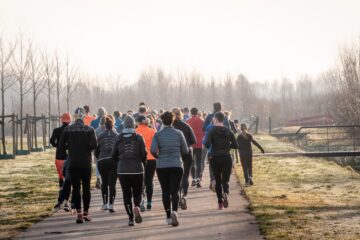The silver economy, also known as the longevity economy or the age-friendly economy, refers to the economic sector that caters to the needs and preferences of older people worldwide. It encompasses various industries and services, including healthcare, housing, technology, leisure, and more. The silver economy has been experiencing significant growth in recent years, driven by the increasing number of older adults globally and their substantial purchasing power.
Understanding the Silver Economy
According to the World Health Organization (WHO), the global population aged 60 and above is projected to reach 2 billion by 2050, nearly tripling the number from 2015. This demographic shift presents both challenges and opportunities for businesses and society as a whole. On one hand, it highlights the need for age-friendly products, services, and environments that can support older adults in maintaining their independence, health, and well-being. On the other hand, it opens up a vast market for innovative solutions and economic growth.
Key Sectors in the Silver Economy
The silver economy encompasses various sectors and industries that cater to the needs and desires of older adults worldwide. It includes:
- Healthcare: Specialized medical care, rehabilitation services, and long-term care facilities are crucial components of the silver economy. The demand for quality healthcare services tailored to age-related conditions continues to grow as the older adult population increases.
- Housing: Accessible and age-friendly housing options, such as retirement communities, assisted living facilities, and nursing homes, provide the necessary support and amenities for seniors to live comfortably and independently.
- Technology: Technological advancements play a significant role in empowering older adults and enabling them to stay connected and engaged. From telemedicine and smart home solutions to wearable devices and digital platforms, technology enhances communication, access to information, and entertainment for seniors.
- Leisure and Entertainment: The silver economy offers a range of leisure and entertainment options designed to cater to the diverse interests of older adults. These include travel and tourism services, cultural activities, recreational programs, and social engagement platforms that promote active and fulfilling lifestyles.
- Finance and Insurance: The financial sector plays a crucial role in the silver economy, providing retirement planning services, pension schemes, insurance products, and investment opportunities tailored to the needs of older adults. It ensures financial security and stability during retirement and beyond.
- Consumer Goods: The silver economy drives demand for a wide range of consumer goods, including age-friendly products such as mobility aids, home modifications, healthcare devices, and personalized services that enhance the quality of life for older adults.
- Education and Lifelong Learning: Lifelong learning programs and educational opportunities aimed at older adults are vital components of the silver economy. These initiatives promote personal development, skill enhancement, and social engagement, contributing to the overall well-being and cognitive vitality of older individuals.
Meeting the Diverse Needs of Older Adults
To effectively serve the senior population on a global scale, it is essential to understand their diverse needs, preferences, and challenges across different cultures and regions. This requires a nuanced approach that considers cultural sensitivities, language barriers, and varying healthcare systems. Tailoring products, services, and solutions to meet the specific requirements of different senior profiles is key to success in the silver economy.
Engaging Older Adults in the Design Process
Engaging older adults as active participants in the design and development process is crucial for creating age-friendly solutions. Co-creation and user-centered approaches ensure that products and services address the unique needs and preferences of older adults. By involving them in decision-making processes, businesses and organizations can foster a sense of empowerment and inclusion.
Opportunities for Innovation and Economic Growth
The growth of the silver economy presents significant opportunities for innovation, entrepreneurship, and economic development on a global scale. Businesses that recognize the potential of the silver economy and invest in age-friendly solutions can tap into a vast market of older consumers. Moreover, promoting an age-inclusive society and challenging ageist stereotypes are essential for fostering social cohesion and creating a more equitable and sustainable future for all generations.
For more information on the silver economy and its implications, you can refer to the following resources:
- World Health Organization (WHO) – Ageing and Health: link
- United Nations, Department of Economic and Social Affairs, Population Division (2019). World Population Prospects 2019: link
- AARP (formerly American Association of Retired Persons): link
- International Longevity Centre Global Alliance: link
By embracing the opportunities of the silver economy and developing age-friendly solutions, businesses can contribute to a more inclusive and prosperous future for older adults worldwide.










